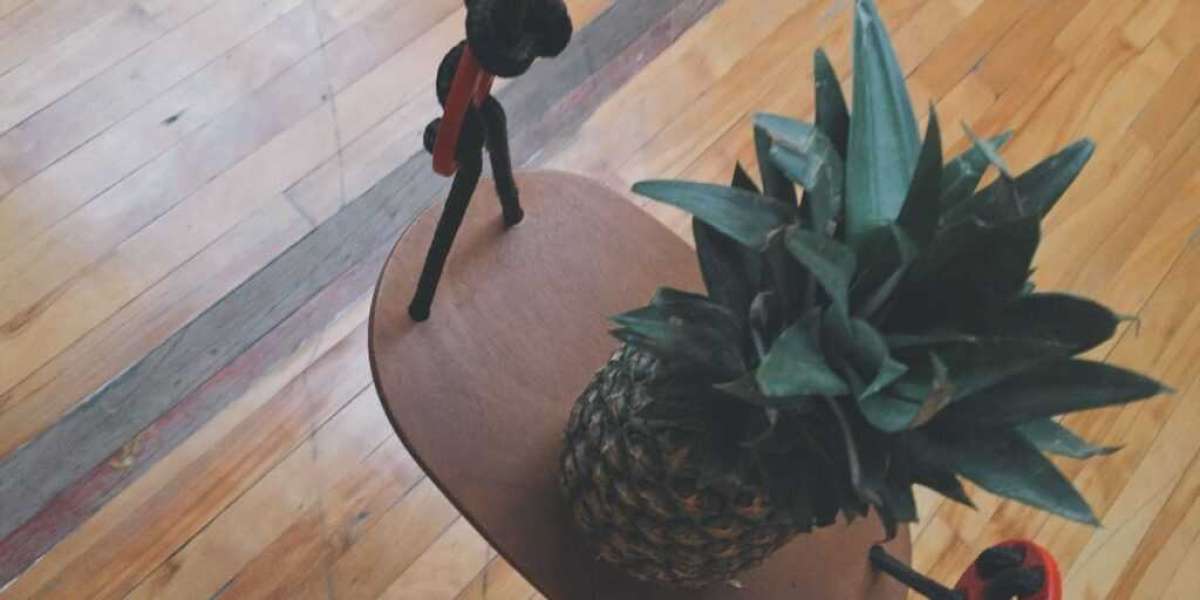Bamboo flooring has garnered immense popularity in recent years, hailed for its eco-friendliness, durability, and exotic aesthetics. As consumers increasingly seek sustainable and attractive flooring options, bamboo has emerged as a compelling choice. In this comprehensive guide, we unveil the intricate process of how bamboo flooring is made, providing valuable insights into its production, attributes, and environmental benefits.
1. The Versatile Bamboo Plant
Bamboo, a member of the grass family, is known for its rapid growth and versatility. With over a thousand species found across the globe, bamboo thrives in various climates and environments. Its exceptional growth rate, often surpassing a meter per day, makes it a highly renewable and sustainable resource.
2. Harvesting and Selection
The process of creating bamboo flooring begins with the careful selection and harvesting of bamboo stalks. Mature bamboo stalks, typically aged five to seven years, are chosen for their optimal strength and quality. It's essential to harvest bamboo at the right stage to ensure the flooring's durability and resilience.
3. Cutting and Treating
Once harvested, the bamboo stalks are cut into smaller sections for further processing. The stalks undergo treatment to remove impurities, pests, and moisture. This treatment may involve boiling the bamboo strips to soften them and make the material more receptive to the subsequent manufacturing processes.
4. Strand Woven and Traditional Bamboo Flooring
4.1 Strand Woven Bamboo Flooring
Strand woven bamboo flooring involves weaving the bamboo fibers together under extreme pressure and heat. This technique creates an incredibly durable flooring material that is even harder than some hardwoods. The woven structure enhances its stability and resistance to wear and tear.
4.2 Traditional Bamboo Flooring
Traditional bamboo flooring is made by slicing the bamboo stalks into thin strips, which are then glued together in various patterns. This method retains the natural look of bamboo and offers a more classic appearance.
5. Drying and Milling
After the bamboo is treated and woven, it undergoes a drying process to reduce its moisture content. Proper drying is critical to prevent warping and ensure the flooring's stability. The dried bamboo is then milled into flooring planks of varying dimensions and styles, ready for the finishing process.
6. Finishing: Adding Elegance and Protection
6.1 Staining and Color Enhancement
Bamboo flooring can be stained to achieve a wide array of colors, catering to diverse aesthetic preferences. From light, natural tones to darker hues, staining allows for versatile design options.
6.2 Applying Protective Coatings
Protective coatings, such as polyurethane, aluminum oxide, or UV-cured finishes, are applied to the bamboo planks. These coatings enhance the flooring's durability, scratch resistance, and longevity, ensuring it stands the test of time.
7. Quality Assurance and Packaging
Before reaching the market, bamboo flooring undergoes rigorous quality checks to meet industry standards. The approved flooring is carefully packaged, ready to be shipped and installed in homes, offices, or commercial spaces.
Bamboo flooring not only provides an elegant and sustainable flooring solution but also contributes to environmental conservation by reducing reliance on traditional hardwoods. Its rapid growth and regeneration make it an excellent choice for eco-conscious consumers seeking a blend of aesthetics and sustainability.








